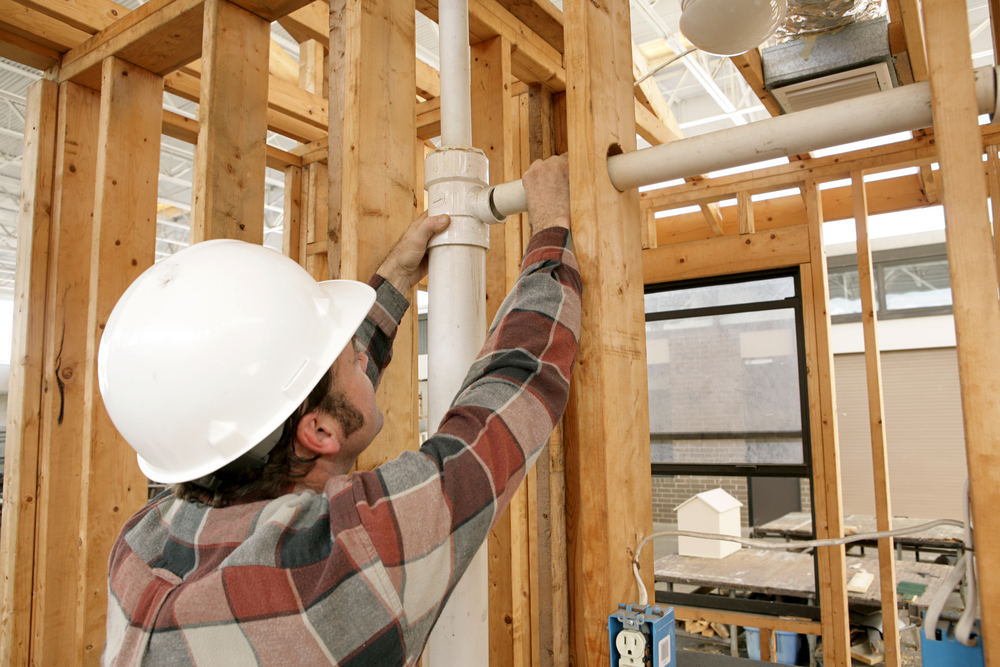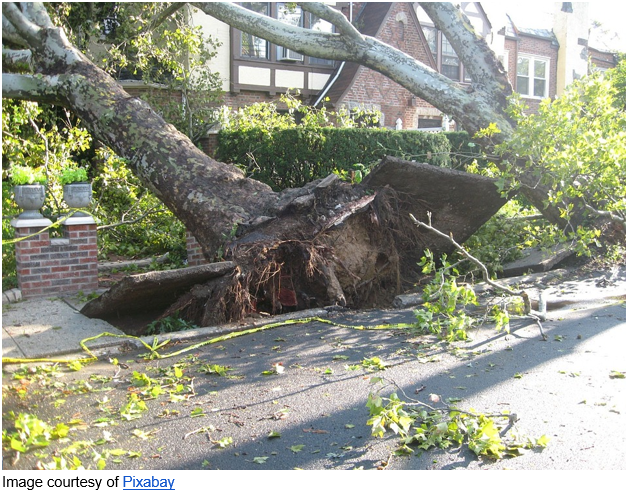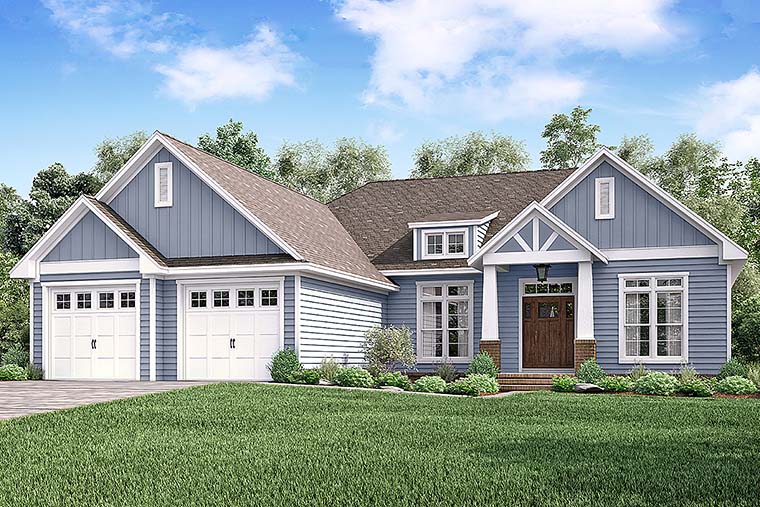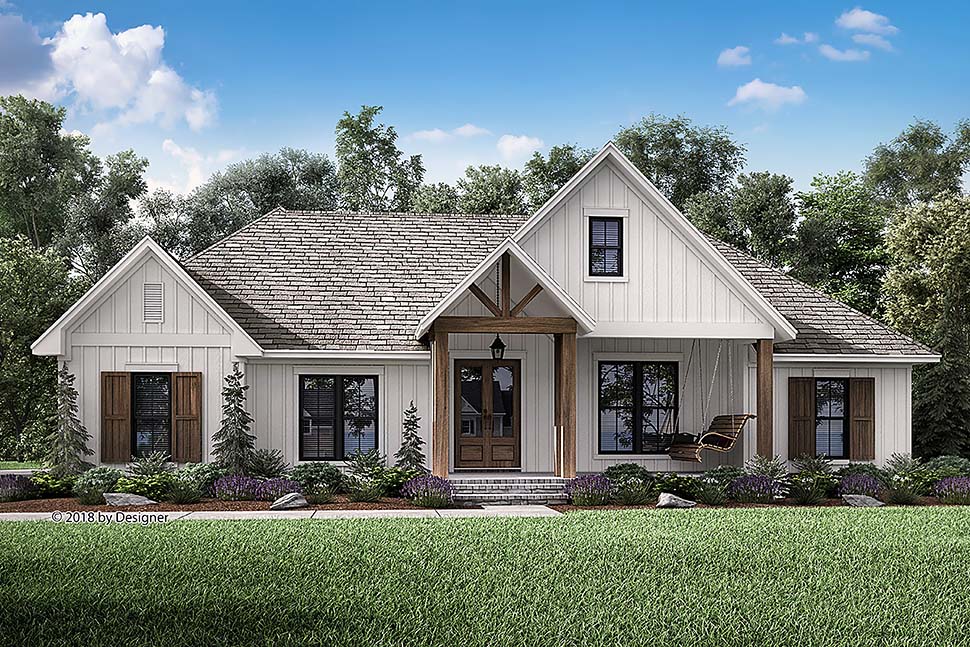Construction Loan Interest Rates: A Practical Guide to Paying Less
Interest costs can make or break a build. Unlike a traditional mortgage, a construction loan charges interest only on the amount disbursed. That gives you levers to control what you pay. It also introduces decisions about timing, rate locks, and how your draw schedule flows. When you understand construction loan interest rates—and how they change from pre-approval to conversion—you can keep more budget for finishes instead of finance charges.
How Construction Loan Interest Actually Accrues
During construction, you make interest-only payments. The lender calculates interest on the current outstanding balance, which grows as each draw funds labor and materials. If your first draw is $120,000 for land payoff and site work, interest accrues only on that $120,000. After framing and rough-ins, a second draw increases the balance, and the next payment rises in step. This structure keeps early payments lower, but it can lull borrowers into ignoring the cumulative cost.
Two simple habits help. Track your projected draw dates against the schedule. Then model interest month by month at the quoted annual percentage rate. A basic spreadsheet will show how a two-week delay or a front-loaded draw adds hundreds of dollars. When you see it in numbers, you manage more intentionally.
The Rate Itself: Indexed Pricing, Margins, and Risk
Most lenders set construction loan rates using an index plus a margin. The index might be prime or a short-term benchmark; the margin reflects risk, overhead, and profit. Your credit profile, loan-to-value, builder experience, and local market all influence the final price. Because the construction phase is riskier than a standard mortgage, the rate is usually higher than a 30-year fixed purchase loan.
That difference is not permanent. Think of the construction rate as a bridge. Your goal is to manage it well during the build and then convert or refinance into a long-term mortgage at the best available pricing when the home is complete and occupancy is issued.
Locking the Rate: When, How Long, and At What Cost
Rate locks for construction loans come in several flavors. Some lenders do not lock the construction phase at all; they price it off a floating index until conversion. Others offer extended locks that cover both construction and the permanent phase for nine to twelve months. Extended locks often carry upfront fees or slightly higher rates to account for volatility risk.
Here’s a balanced approach. If you expect a short build and you believe rates will hold steady, a floating construction rate with a standard end-loan lock near completion can work. If your schedule runs nine months or more—and you want the certainty of today’s pricing—explore an extended lock with a “float-down” option. You secure a ceiling now and keep the right to capture a lower permanent rate later if the market improves.
One-Time Close vs. Two-Time Close: Interest and Fees
With a one-time close, you sign a single set of closing documents. The loan automatically rolls from construction to permanent when the home is complete, and you avoid a second round of title and lender fees. Pricing can be slightly higher to cover the lender’s long commitment, but the simplicity helps cash flow and reduces closing fatigue.
With a two-time close, the construction loan stands alone. When you finish, you apply for the permanent mortgage and close again. The advantage is flexibility—you can shop rates near completion. The tradeoff is paying closing costs twice. If you anticipate meaningfully lower rates by the end of your build, the two-time route can pay off. If not, one-time close usually wins on total costs.
Float-Downs and Lock Extensions: Safety Valves You Should Ask For
A float-down lets you lock now and adjust down once if market rates drop before conversion. Lock extensions buy you extra time if weather, inspections, or backordered materials push completion past your lock expiration. Both options carry rules and fees. Get them in writing at the start, and build the cost into your budget rather than scrambling later.
Interest Reserves: Helpful Cushion or Hidden Cost?
Some construction loans include an interest reserve, a set-aside that covers interest payments during the build. The payments draw from that reserve rather than your checking account. This can simplify cash flow in months when several trades are on-site and invoices stack up. Remember, though, the reserve is part of your total borrowing. You pay finance charges on those dollars too.
If you choose a reserve, size it to your realistic schedule and leave room for delays. If you skip the reserve, set calendar reminders for interest-only due dates. Late fees or missed payments can slow inspections and draws, which increases interest anyway.
Draw Strategy: The Overlooked Lever for Reducing Interest
Because you pay interest only on funds already disbursed, the timing of draws matters. Work with your builder to submit draws that mirror real progress rather than front-loading discretionary items. If cabinets will not arrive for eight weeks, do not draw for them today. Let supplier terms and delivery windows guide when you request funds. This keeps your outstanding balance lean and cuts the interest you pay month after month.
Accuracy helps, but do not starve the job. Paying trades promptly protects schedule and pricing. The sweet spot is a draw schedule that funds actual completion milestones with clear documentation so the inspector can sign off quickly.
Temporary Buydowns and Points: When Paying Upfront Makes Sense
Buydowns reduce your rate in exchange for an upfront cost. You might buy permanent points for the end loan or negotiate a temporary buydown for the first year of payments after conversion. On larger loans, a modest point can lower monthly costs enough to break even within a few years. Run the math with your lender. If you plan to keep the home long term and you have the cash, points can be a prudent hedge against future rate bumps.
Market Moves and Your Build: Practical Ways to Stay Ahead
Rates rise and fall for reasons outside your control. What you can control is decision speed. Keep your underwriting documents current so the lender can lock quickly when you spot favorable pricing. Approve change orders promptly to avoid bid expirations. Confirm that your appraisal, title updates, and insurance endorsements will be ready well before your conversion date. Friction at the finish line forces lock extensions, and extensions cost money.
Converting to the Permanent Mortgage: Don’t Leave Money on the Table
As you near completion, confirm the date your loan converts or the window when you can lock the end loan. If your lender allows a float-down, set an alert to check pricing weekly. Compare scenarios: 30-year fixed, 15-year fixed, and adjustable options with reasonable caps. Pair the rate choice with your budget and goals. A lower payment may free cash for landscaping and furniture. A shorter term may save tens of thousands in lifetime interest if the payment still fits.
Action Checklist: Steps That Save Real Dollars
Keep the process simple. Price several lenders early. Ask for written policies on locks, float-downs, extensions, and interest reserves. Build a realistic draw schedule that matches milestones. Track interest in a spreadsheet so timing decisions are visible. Prepare for conversion sixty days before completion. These moves cost little and protect your budget where it counts.
When your plans, budget, and builder are aligned, interest becomes a manageable line item rather than a surprise. That discipline keeps your project on track and leaves more room for the finishes that make a house feel like home.










Leave a Reply